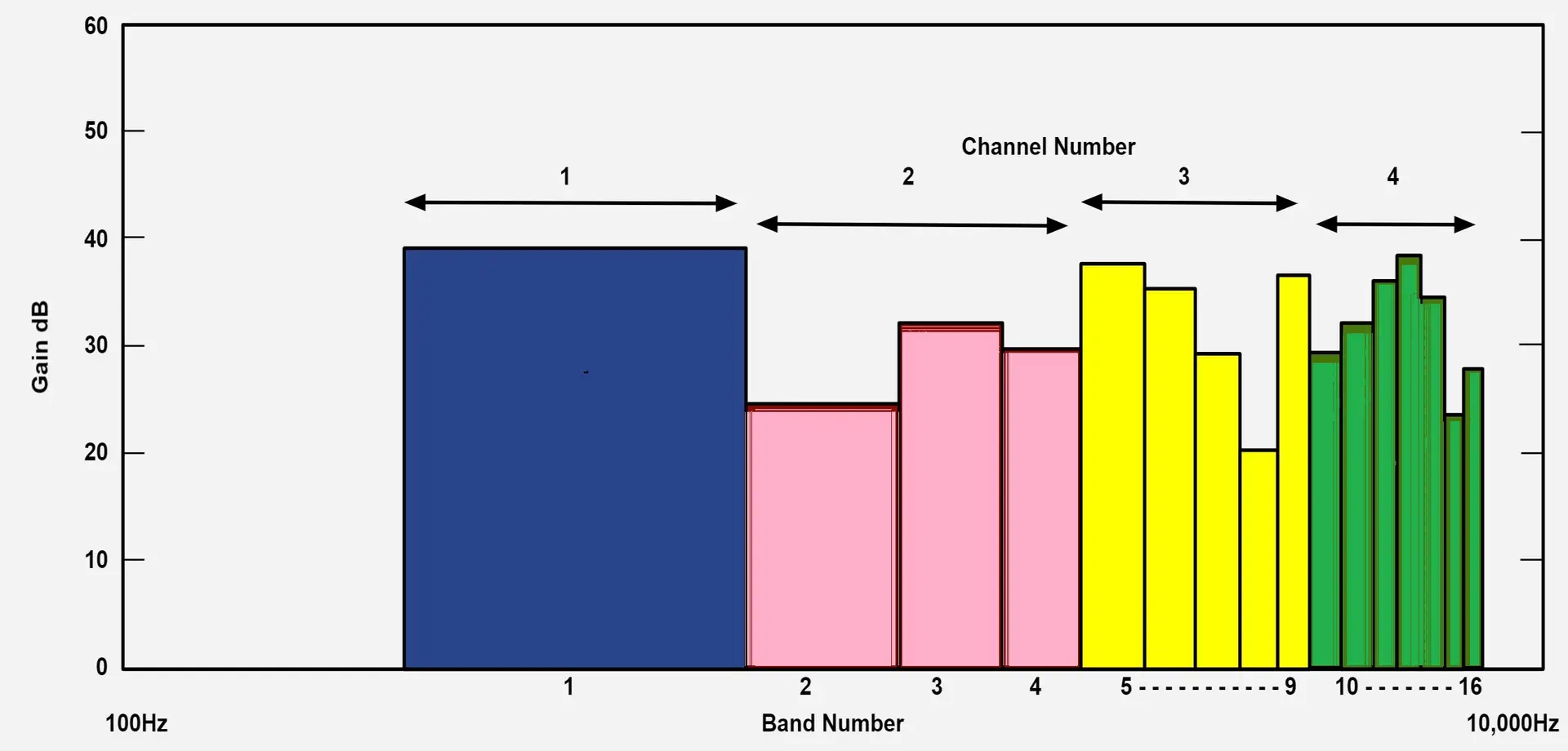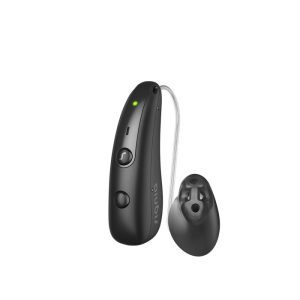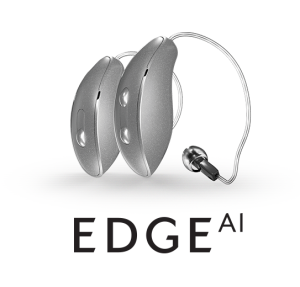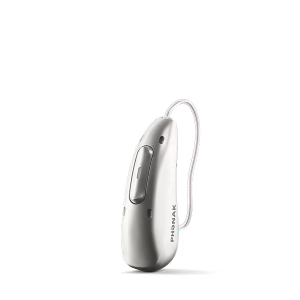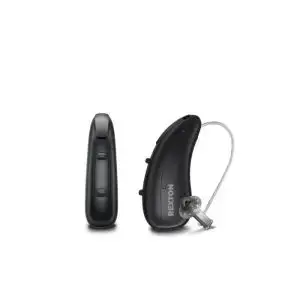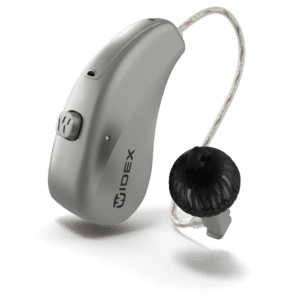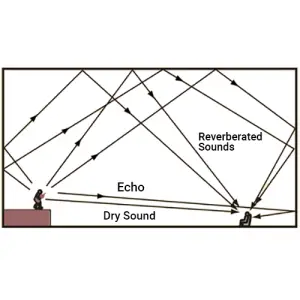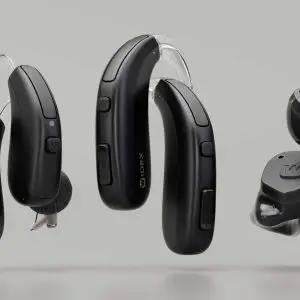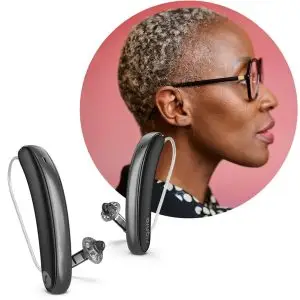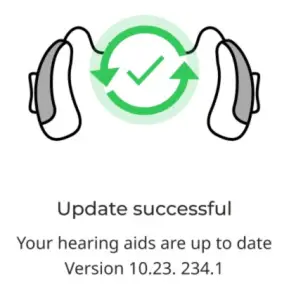Hearing Aid Channels Explained: How Many You Need and What Features Matter More
When exploring hearing aids, you’ll often encounter discussions about the number of channels a device offers. Understanding what hearing aid channels are and how they impact your hearing experience is crucial in making an informed decision.
What Are Hearing Aid Channels?
Channels in hearing aids refer to divisions of the frequency spectrum into separate bands. Each channel processes a specific range of frequencies, allowing the device to amplify sounds differently across various pitches. This segmentation enables tailored amplification based on an individual’s hearing loss profile.
The Significance of Channels
The primary advantage of having multiple channels is the ability to customize amplification across different frequencies. For instance, if you have more significant hearing loss at higher frequencies, channels allow for increased amplification in that range without affecting lower frequencies. This targeted approach can enhance speech clarity and overall sound quality.
Is More Always Better?
While it might seem logical that more channels would offer superior sound processing, the reality is more nuanced. Studies have shown that the optimal number of channels varies depending on the individual’s hearing loss pattern:
- Steeply Sloping Hearing Loss: Individuals with significant high-frequency hearing loss may benefit from hearing aids with more channels (potentially between 9 and 18) to restore frequency-specific audibility.
- Flat or Mildly Sloping Hearing Loss: For those with uniform hearing loss across frequencies, fewer channels (as few as 3) might be sufficient to achieve desired amplification.
Moreover, increasing the number of channels beyond a certain point may not yield noticeable improvements and can sometimes introduce processing delays or artifacts. Therefore, more channels do not automatically equate to better performance.
Impact on the User Experience
The number of channels can influence how natural and clear sounds appear:
- In Quiet Environments: Fewer channels may suffice to provide clear and comfortable listening experiences.
- In Noisy Settings: More channels can help differentiate between speech and background noise, potentially improving speech understanding in complex environments.
Research on Optimal Number of Channels
Studies have explored how the number of channels in hearing aids affects speech discrimination, particularly in noisy environments. Research indicates that increasing channels up to 8 can enhance speech understanding, but benefits plateau beyond this point. For instance, a study found that devices with 8 to 16 channels provided better speech discrimination than those with fewer channels, but adding more than 8 channels did not yield significant improvements.
Manufacturer Approaches to Channel Counts
Different hearing aid manufacturers offer varying numbers of channels in their devices. The technology and channels change so often we will set up more information for you to read on the manufacturer’s latest technology:
While higher channel counts may seem advantageous, more channels do not necessarily equate to better performance. Excessive channels can lead to spectral and temporal smearing, potentially degrading speech clarity.
Importance of Other Features
Beyond channel count, several features significantly impact hearing aid performance, perhaps even more than the number of channels, especially after the critical number of 8!
- Directional Microphones: These microphones enhance speech understanding by focusing on sounds from specific directions, effectively reducing background noise.
- Noise Reduction Algorithms: Advanced algorithms identify and minimize unwanted noise, improving listening comfort in various environments.
- Adaptive Features: Modern hearing aids adjust settings in real-time to adapt to changing soundscapes, enhancing user experience.
- Balancing Features for Optimal Experience
While channel count contributes to a hearing aid’s functionality, it’s just one aspect of a multifaceted device. Features like directional microphones, noise reduction algorithms, and adaptive technologies often play a more substantial role in determining overall performance and user satisfaction. Therefore, when choosing a hearing aid, it’s crucial to consider the comprehensive feature set rather than focusing solely on the number of channels. We don’t want you to get sold on something that doesn’t matter as much.
We are here to help you!
Thank you for reading. Kim

